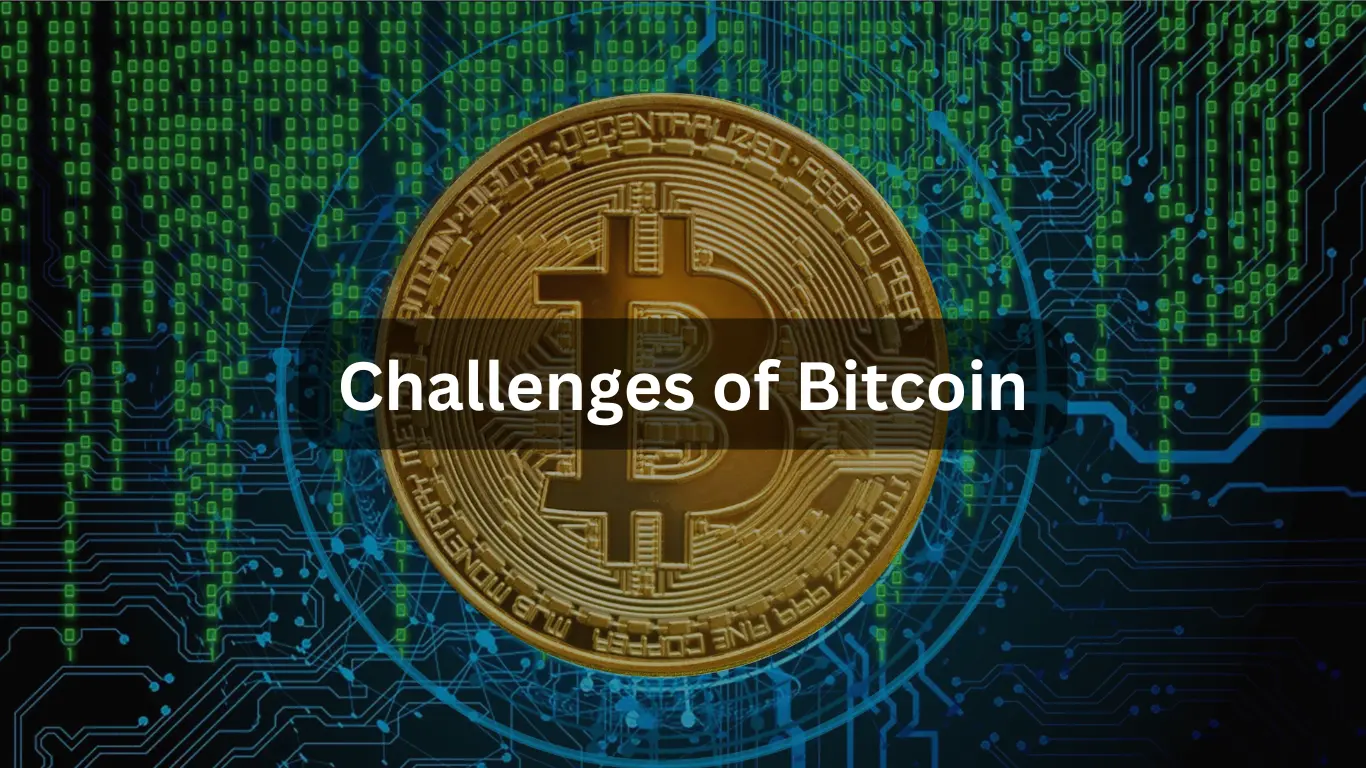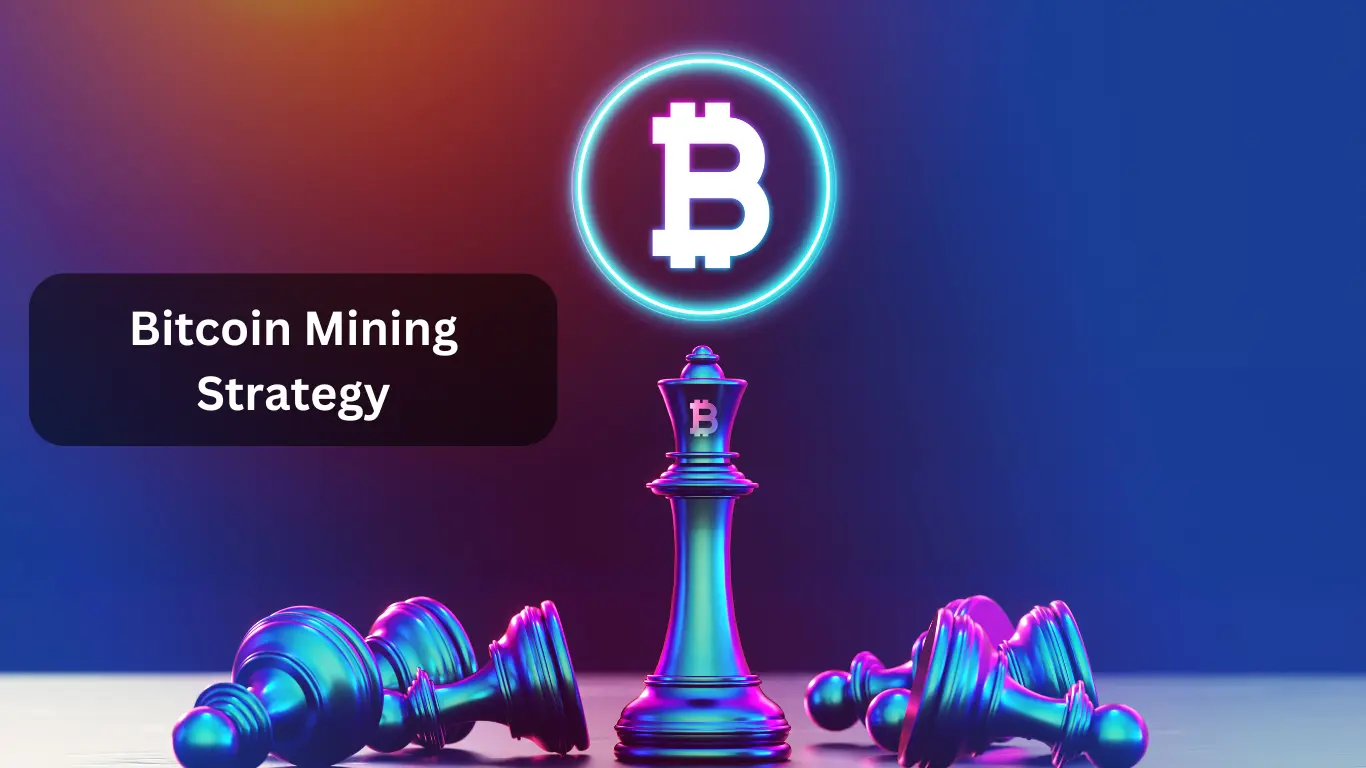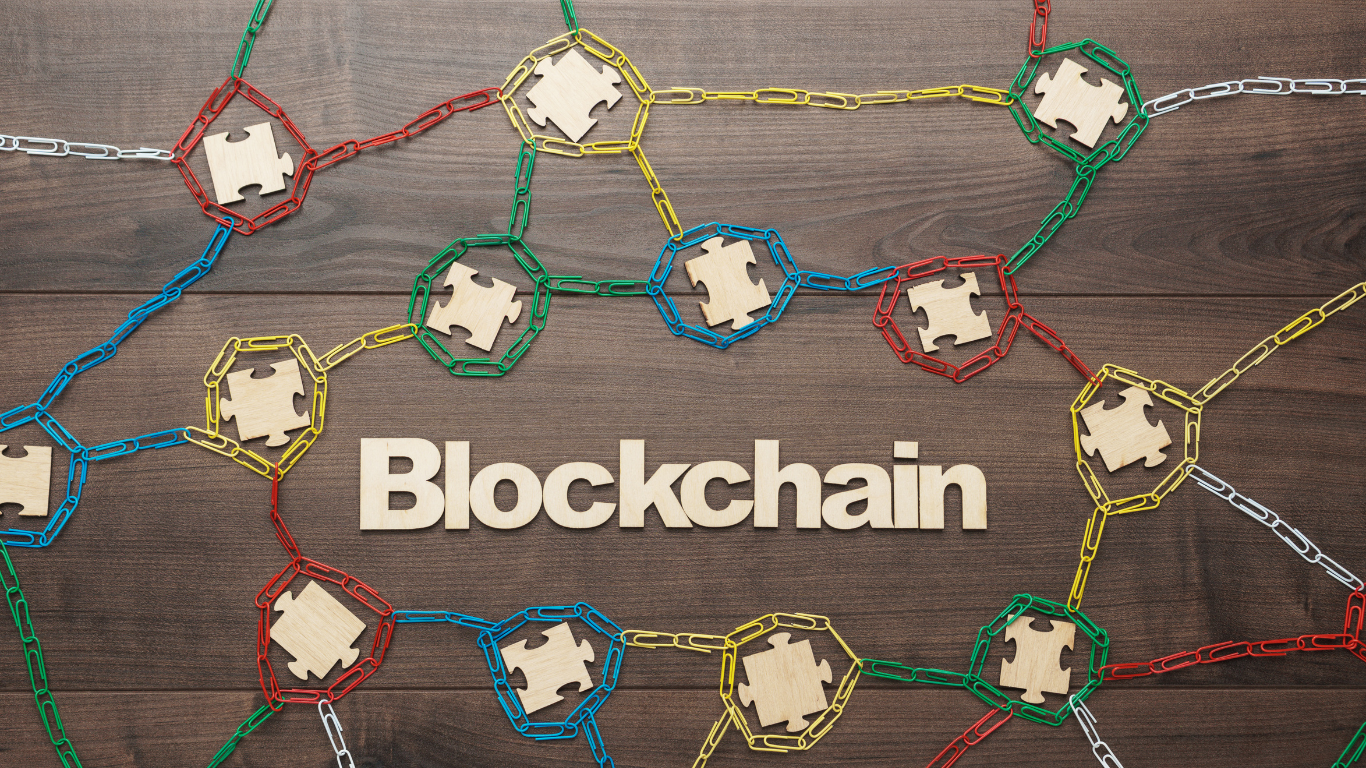Mining operations to generate Bitcoin in 2025 are not as easy as initially. The competition has grown fast, with more people joining the race to solve puzzles and earn rewards.
As more miners join, the puzzles become harder to solve, and the rewards get smaller.
To succeed in this challenging business, miners need innovative strategies to work efficiently, save money, and stay profitable for years.
Don’t worry—we’re here to make it simple.
We’ll talk about some essential things miners should focus on, like picking the right tools, using energy wisely, and finding ways to mine that are better for the planet.
Let’s jump in and see how miners can stay ahead in Bitcoin mining!
Why Optimize Your Mining Operations?
Besides power and software, one of the key factors in Bitcoin mining is its operations. Bitcoin miners must consider this key business area to prepare for a better outcome.
Optimizing mining operations reduces energy consumption, directly impacting a business’s bottom line. Companies should know how to reduce power usage while maintaining performance.
Moreover, optimizing operations enhances hash rate performance. By regularly updating equipment and adopting cutting-edge technology, you stay ahead in the race for block rewards.
Finally, streamlined Bitcoin mining operations allow for better scalability. As market demands fluctuate, having an optimized setup enables quick adaptation to changes without unnecessary downtime or cost overruns.
Challenges of Bitcoin Mining Operations That You May Face in 2025

Running a Bitcoin mining business comes with many challenges and tough competition from other miners. From rising network difficulties to energy costs, miners gain their output at an expected rate. For instance, we have compiled a list of the challenges. It will help you become aware and ready to face them.
Some impacts lead miners to challenges and difficulties while mining Bitcoin.
- Post-halving impact: The 2024 halving reduced block rewards from 6.25 BTC to 3.125 BTC per block. This has squeezed profit margins for miners and significantly smaller operations. Eventually, it will be reduced to half, following the previous roadmap.
- Rising network difficulty: More miners mean hard competition to solve a puzzle. This will complicate the entire task for other miners, and the profit may decrease.
- Energy costs: Mining produces extensive energy and requires high eclectic power to run the mining workflow. We all know that the cost of electricity will rise. This is a serious concern for miners who want to get started and encounter energy costs.
- Regulatory scrutiny: GOVT doesn’t allow crypto mining in most countries due to environmental concerns. That’s why miners adapt their strategies to bring about outcomes with limited time and restrictions.
These are the main challenges a Bitcoin mining company encounters. But is there any way to solve or overcome them? Yes, it does, and this is where we will discuss and share our insights about mitigating risks and achieving better outcomes.
Select the Right Hardware For Mining Operations
Your Bitcoin mining success rate mainly depends on the type of hardware you use. Two types of mining hardware are available: ASIC miner and GPU miner.
- ASIC Miners: Application-Specific Integrated Circuits (ASICs) are purpose-built for Bitcoin mining and offer superior performance compared to GPUs.
Hardware like MicroBT Minerix M66 provides 289 TH/s + 5572 W power with hydro-cooling technology to give you an ultimate journey with your Bitcoin mining experience.
When selecting hardware, consider factors such as hash rate (higher rates improve block-solving chances), energy efficiency (lower joules per tera-hash reduce electricity costs), and upfront investment costs.
Recommended reading: Here is a detailed post on the considerations before choosing the hardware for Bitcoin mining.
6 Bitcoin Mining Strategy for the Maximum Results

Your Bitcoin mining strategy needs optimization to achieve maximum outcomes. Simple yet handy changes like using natural energy sources, the proper hardware, and location can speed up your process.
- Renewable energy integration
Switching to renewable energy sources like solar, wind, or hydroelectric power can significantly cut electricity costs and provide an eco-friendly environment.
For example, miners in Iceland use geothermal energy, and those in Texas leverage wind farms to power their operations. Using natural resources not only lowers expenses but also helps reduce carbon emissions.
- Demand response systems
Advanced technologies like Auradine’s EnergyTune™ allow miners to adjust their power usage based on real-time grid conditions.
This means mining can be ramped up during periods of surplus renewable energy or scaled back during peak demand hours.
Such systems ensure efficient energy use while contributing to grid stability.
- Strategic location planning
Choosing the right location for mining operations can make a big difference. Regions with cheaper electricity rates or abundant renewable resources are better options.
Canada and Paraguay are both ideal places for mining plants. These places are best for reducing mining operating costs. Relocating to areas with favorable conditions ensures miners can maximize efficiency and profitability.
- Upgrade to energy-efficient hardware
Investing in newer mining rigs that consume less electricity is a simple yet impactful step. ASICs (Application-Specific Integrated Circuits) are specifically designed for Bitcoin mining and offer high hash rates with lower power consumption than older models or GPUs. Examples include the S21 miner, which is highly energy-efficient.
- Smart cooling solutions
Cooling systems play a significant role in energy efficiency. Switching to advanced cooling methods like liquid immersion or optimizing airflow can reduce the energy needed to keep mining equipment cool. This not only saves electric power but also extends the lifespan of hardware.
- Optimize mining software settings
Fine-tuning your mining software can help lower power usage without affecting performance. Techniques like reducing voltage or adjusting clock speeds ensure efficient operation while maintaining high hash rates.
Many software tools offer preset configurations optimized for specific conditions, making this an easy implementation step.
By applying these strategies, miners can achieve better energy efficiency, reduce costs, and contribute to a more sustainable Bitcoin mining industry.
Optimized energy management reduces costs and enhances grid stability by utilizing surplus renewable energy during off-peak hours.

Joining Mining Pools

Joining a mining pool is one of the smartest ways to ensure efficiency. It allows miners to combine their computational power to solve complex puzzles and earn rewards.
To make the most of mining pools, you can follow these steps:
Mining pools offer several advantages, especially for smaller miners or those with limited resources:
- Regular payouts: Instead of waiting to solve a block on your own (which could take a long time), mining pools provide steady payouts based on your contribution. This ensures miners receive earnings more consistently.
- Higher chance of getting rewards: As said before, it is a competitive place for miners to mine a bitcoin while staying in the same network. However, a reliable mining pool gives the miners opportunities and rewards quickly.
- Provides access to advanced tools: Most mining pools provide additional and advanced tools to optimize the mining effort and process. This makes the entire workflow smooth and outcome-driven.
- Lower barriers to entry: Smaller miners who cannot afford expensive hardware or high energy costs can still participate and earn rewards by contributing their share of computational power.
How does the mining pool work?
When you join a mining pool, your computational power combines with that of other miners in the pool.
Together, you work to solve cryptographic puzzles faster than you could alone. Once a block is created and mined, the rewards are distributed equally based on each participant’s contribution.
This teamwork not only improves your chances of earning but also contributes to the overall security and stability of the Bitcoin network.
By leveraging mining pools, miners can enjoy steady earnings, reduce risks, and stay competitive in the ever-evolving world of Bitcoin mining.
Whether you’re a beginner or an experienced miner, joining a pool is a practical step toward maximizing your results.
Scale Your Mining Operations
Before starting a business, you must scale the operation from top to bottom. Similarly, scaling your mining operation is crucial in Bitcoin. Scaling Bitcoin mining operations requires careful planning:
- Upgrade fleets with next-generation ASIC miners that offer higher hash rate efficiency per watt.
- Implement modular designs that allow easy expansion without significant upfront costs.
- Use real-time monitoring tools to optimize infrastructure and adjust power usage based on environmental conditions.
Strategic scaling ensures long-term profitability while minimizing risks.
Adopt Sustainable Practices
It’s evident that mining Bitcoin is heavily dependent on electricity, so it’s important for miners to look for sustainable practices. Sustainability is a must in Bitcoin mining:
- Renewable Energy Usage: Miners are adopting renewable sources like solar and wind power to reduce carbon footprints.
- Mitigating Methane Emissions: Innovative solutions, such as using methane from landfills or oil fields to generate electricity for mining, are gaining traction.
- E-Waste Management: Recycling old equipment minimizes environmental impact while reducing operational costs.
Sustainable practices enhance profitability and improve public perception of the industry.
Tips for Financial Management

Managing finances effectively is crucial for running a profitable and sustainable Bitcoin mining operation. As mining becomes more competitive, focusing on cost control and smart planning can make all the difference. Here’s how you can optimize financial management:
- Understand your costs: Breakdown expenses like electricity, hardware maintenance, cooling systems, and staffing. Look for ways to reduce costs without affecting performance.
- Use real-time monitoring: Implement tools that track equipment performance in real-time. These help quickly identify inefficiencies or technical issues so you can fix them immediately.
- Adopt predictive maintenance: Predictive maintenance techniques can help you avoid equipment failures. This prevents costly downtime and keeps operations running smoothly.
- Diversify your revenue streams: Explore opportunities like earning renewable energy credits or partnering with local power companies. These strategies can help reduce costs and protect your business from market fluctuations.
By following these steps, miners can proactively improve profitability, address challenges, and build a strong foundation for long-term success.
Wrapping Up
Making Bitcoin mining efficient is challenging and requires careful planning and innovation. To succeed, miners should invest in efficient equipment, use renewable energy, join mining pools for steady income, expand their operations wisely, and adopt sustainable practices.
This approach helps miners overcome challenges and increase profits.
As the industry changes and competition grows, those who adapt quickly will succeed and help create a more environmentally friendly future for cryptocurrency mining.
